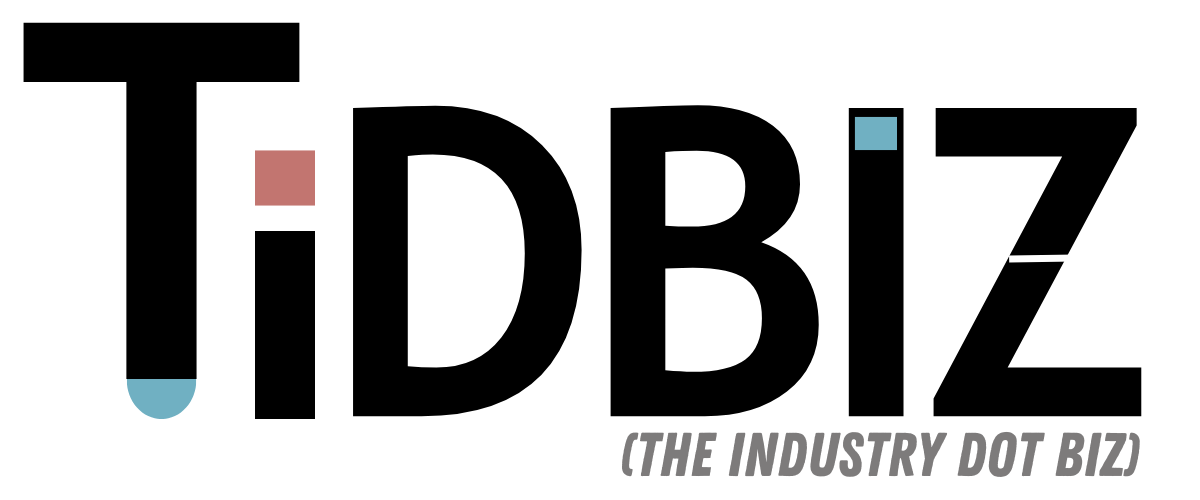
The TIAA Institute and the Global Financial Literacy Excellence Center (GFLEC) at the George Washington University School of Business (GWSB) today released a new report documenting particularly low levels of financial literacy among African-American adults.”
African-American financial literacy was highest in the functional area of borrowing, with 47 percent of these questions answered correctly, on average, and lowest in the area of insuring, with 32 percent of questions answered correctly. African-American financial literacy is lower than that of whites in all but one functional knowledge area. African-American and white respondents scored similarly in the area of comprehending risk. There is a strong link between financial literacy and financial wellness among African-Americans. Those who are more financially literate are more likely to plan and save for retirement, to have non-retirement savings and to better manage their debt; they are also less likely to be financially fragile.
“African-Americans make up 13 percent of the U.S. population and constitute a critical segment of our economy. Yet financial literacy gaps exist across this demographic group regardless of gender, age, income level, or degree of education,” said Stephanie Bell-Rose, Head of the TIAA Institute. “It is imperative that we continue to d light on this challenge in order to better map a course for financial success.”
“Our research finds that African-Americans tend to exhibit lower financial well-being than the U.S. white population. Given the strong link between financial literacy and financial well-being, increased financial knowledge can lead to improved financial capability and behaviors,” said Annamaria Lusardi, Academic Director of GFLEC and Denit Trust Endowed Chair of Economics and Accountancy at GWSB. “Increasing efforts to promote research-based financial education in school and the workplace is one key solution for promoting financial well-being among African-Americans.”
“This important research and data set underscore the centrality of financial decision making in modern America,” said Cy Richardson, Senior Vice President for Programs, National Urban League. “The convergence of financial, credit and debt management provides headwinds for us all – yet structurally speaking the African American community has little margin for error compared to other groups and must continue to demonstrate progress on the critical measures and knowledge that is necessary to make financially responsible decisions – decisions, that are integral to our everyday lives and existence.
“The TIAA Institute-GFLEC Personal Finance Index (P-Fin Index) provides a comprehensive barometer of U.S. adults’ readiness to make sound financial decisions. It is unique in its capacity to examine financial literacy across eight common financial activities: earning, consuming, saving, investing, borrowing, insuring, understanding risk and gathering information.
The report with new insights on financial literacy levels of the African-American population was authored by Paul Yakoboski, Senior Economist at the TIAA Institute; Annamaria Lusardi, Academic Director at GFLEC, GWSB; and Andrea Hasler, Assistant Research Professor in Financial Literacy at GFLEC, GWSB. The full report can be found HERE.

